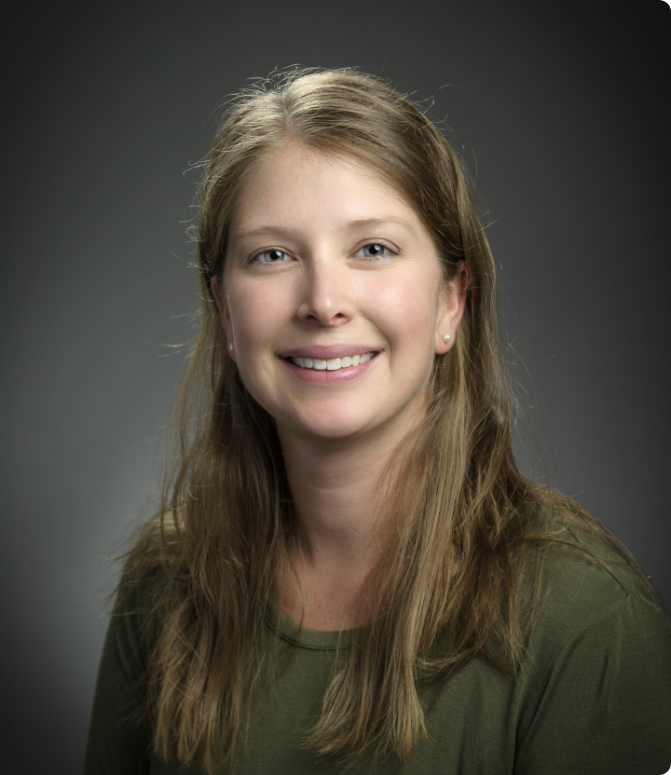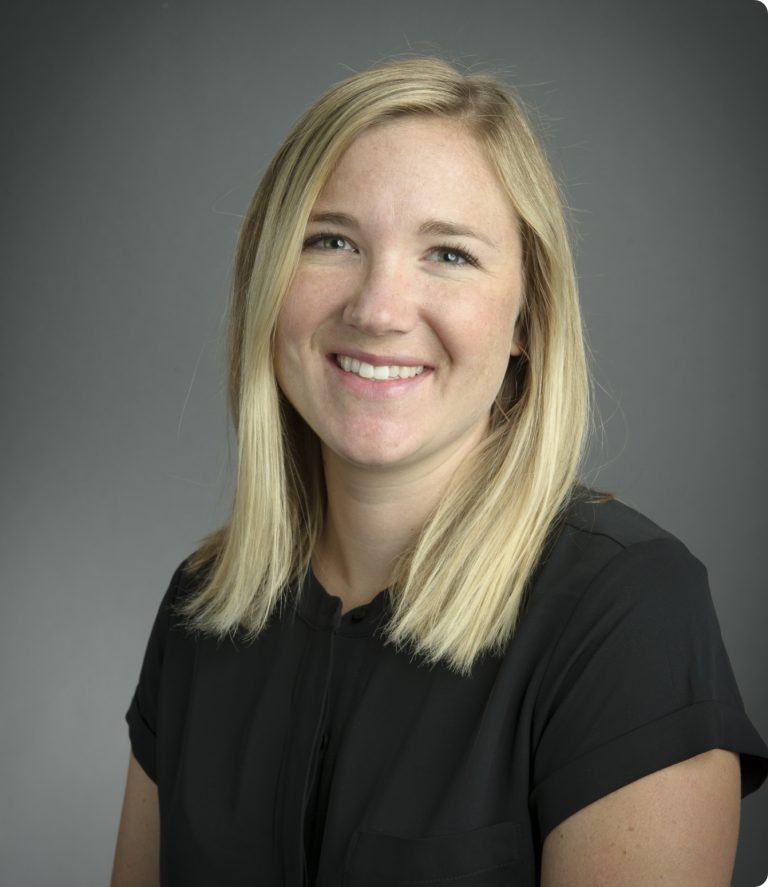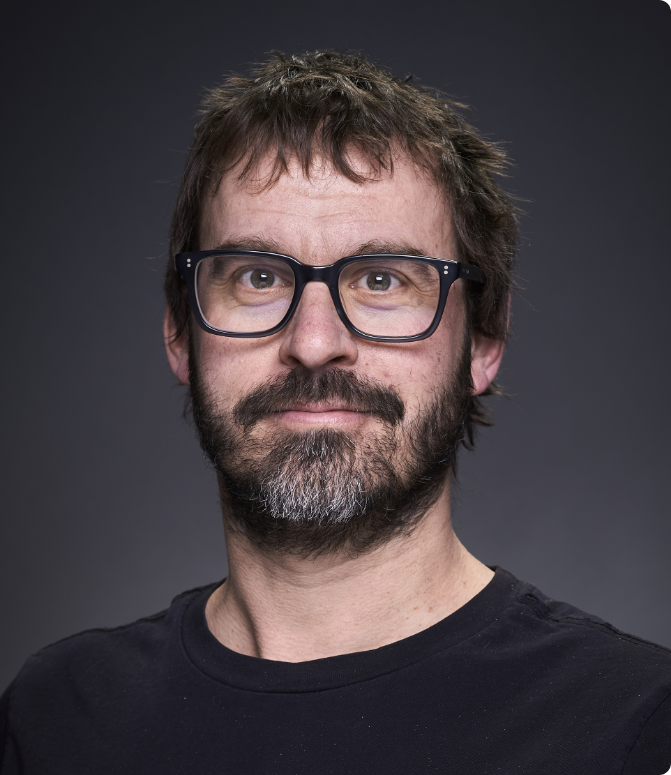Staff

Dr. Kristen Connolly (Brileya)
CBE Technical Operations and Analytical Lab Manager
- Overall CBE operations and Analytical Core management.
- Training researchers to operate the core instruments.
- Developing new or existing methods for their specific needs and questions.
- Mentoring users at all stages, from planning and proposal writing through training, method development, troubleshooting, and data analysis.
- Running samples for visitors and industrial associates, including testing services agreements.
- Biofilms that simulate real-world microbial interactions on surfaces, especially from anaerobic environments where energy conservation is pushed to biological limits.
- Sulfate-reducing bacteria and methanogen cooperation and competition under nutrient limitation.
- Liquid and gas chromatography for tracking metabolism.
- Enriching and cultivating hard-to-grow archaea and bacteria from terrestrial hot springs.
- Fluorescence in situ Hybridization (FISH) for tracking enrichment and isolation progress.
367A Barnard Hall
kristen.connolly@montana.edu
kristen.connolly@montana.edu

Dr. Heidi Smith
CBE Bioimaging Core Facility Manager
Assistant Research Professor, MCB
- Developing imaging techniques and technology to understand how different microorganisms within complex microbial communities interact in diverse environments.
- Developing new ways to bring together disparate microscopy platforms that benefit CBE researchers and industrial members.
- Linking the activity and structure of microbial populations to cellular physiology and ecosystem processes.
- Development of imaging live cell approaches for biofilm characterization, including
fluorescence lifetime imaging, bioorthogonal non-canonical amino acid tagging (BONCAT),
stable isotope probing (SIP) in combination with Raman Confocal
Microspectroscopy (RCM). - Studying biofilm formation and persistence by Integrating field observations, in situ experimentation, and laboratory-based studies with environmentally relevant model microorganisms.
- Identifying mechanisms for enhanced survival in biofilms from extreme environments (e.g., low temperature, low pH, heavy metals, nutrient-limited, brackish).
316 Barnard Hall
heidi.smith@montana.edu
heidi.smith@montana.edu

Dr. Markus Dieser
Assists with Bioimaging Core Facility
Assistant Research Professor, CBED
- New techniques for single-cell microscopy.
- Combining laboratory and field approaches to study microbes, their processes, and physiological adaptations in terrestrial icy ecosystems (glaciers and ice sheets).
- Studying frozen analog sites on Earth to understand the potential of past and present habitability of exoplanets.
- Bio-prospecting of cold-dwelling microbes for industrial applications, Ice nucleation potential of anthropogenic pollutants.
- Identifying the importance of biofilms in cold-temperature environments.
366 Barnard Hall
markus.dieser@montana.edu
markus.dieser@montana.edu

